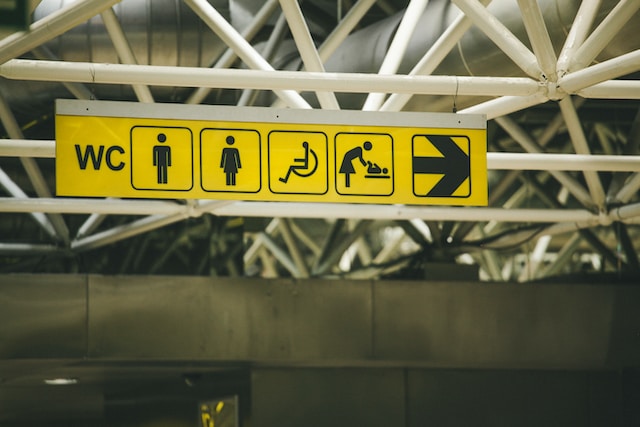In today’s digital age, website accessibility is a crucial consideration for all website owners, including WordPress bloggers. Ensuring that your WordPress site is accessible means making it usable for people of all abilities, including those with visual, hearing, cognitive, or motor impairments. By making your blog inclusive, you not only provide a better user experience for all visitors but also demonstrate your commitment to inclusivity. In this article, we’ll explore some essential tips and best practices for improving the accessibility of your WordPress site.
1. Choose an Accessible WordPress Theme:
Selecting an accessible WordPress theme is the first step towards improving your site’s accessibility. Look for themes that follow the Web Content Accessibility Guidelines (WCAG) 2.1 or 2.2, which provide a set of internationally recognized accessibility standards. Themes that adhere to these guidelines ensure that the design, layout, and functionality of your site are accessible to all users.
2. Use a Responsive Design:
Ensure your WordPress site is responsive, meaning it adapts and displays correctly on different devices and screen sizes. A responsive design allows users to access your blog from various devices, including desktops, laptops, tablets, and smartphones. This flexibility is especially important for individuals with disabilities who may rely on specific devices or assistive technologies to access the web.
3. Provide Alternative Text for Images:
When adding images to your blog posts, always include alternative text (alt text). Alt text provides a textual description of the image, allowing users with visual impairments to understand the content of the image. Make sure your alt text is descriptive, concise, and conveys the purpose or meaning of the image.
4. Use Headings and Proper Heading Structure:
Headings help users navigate your content and understand its structure. Utilize headings in a logical and hierarchical manner, starting with an H1 heading for the main title of the page or post, followed by H2, H3, and so on. Use headings to break up your content into sections and sub-sections, making it easier for users with screen readers or assistive technologies to navigate and comprehend your content.
5. Provide Transcripts or Captions for Multimedia:
If you include videos or audio content on your WordPress blog, provide transcripts or captions to make them accessible to users with hearing impairments. Transcripts are textual versions of the audio content, while captions are synchronized text displayed alongside the video. These features allow users to access the information and context of multimedia content, ensuring an inclusive experience.
6. Ensure Color Contrast:
Maintain sufficient color contrast between text and background elements to ensure readability for users with visual impairments. Avoid using color combinations that are difficult to distinguish, such as light text on a light background or dark text on a dark background. Use online color contrast checking tools to ensure your color combinations meet the recommended accessibility standards.
7. Make Links Descriptive:
When adding links to your blog posts, use descriptive and meaningful anchor text. Avoid using generic terms like “click here” or “read more.” Instead, make the linked text descriptive and provide context about the destination or purpose of the link. This helps users with assistive technologies understand the link’s purpose without relying solely on its visual appearance.
8. Test Your Site’s Accessibility:
Regularly test your WordPress site’s accessibility using automated testing tools and assistive technologies. Tools like the WAVE Web Accessibility Evaluation Tool or the Axe browser extension can help identify accessibility issues and provide suggestions for improvement. Additionally, consider soliciting feedback from users with disabilities or consulting with accessibility experts to ensure you’re addressing all aspects of accessibility.
9. Provide Keyboard Accessibility:
Make sure your WordPress site is fully navigable using a keyboard alone. Some users, especially those with motor impairments, rely on keyboards or alternative input devices to navigate websites. Ensure that all interactive elements, such as menus, buttons, and forms, can be accessed and operated using the keyboard alone, without relying on mouse or touch input.
10. Stay Informed and Educate Yourself:
Accessibility standards and guidelines are constantly evolving. Stay informed about the latest updates and best practices related to web accessibility. Resources like the WCAG guidelines, accessibility blogs, and forums can provide valuable insights and help you continually improve the accessibility of your WordPress blog.
In conclusion, improving the accessibility of your WordPress blog is not only the right thing to do but also enhances the user experience for all visitors. By implementing these best practices, you can create a more inclusive and welcoming environment for individuals with disabilities. Remember, accessibility is an ongoing effort, so regularly review and update your site to ensure it meets the latest standards and provides equal access to all users.


